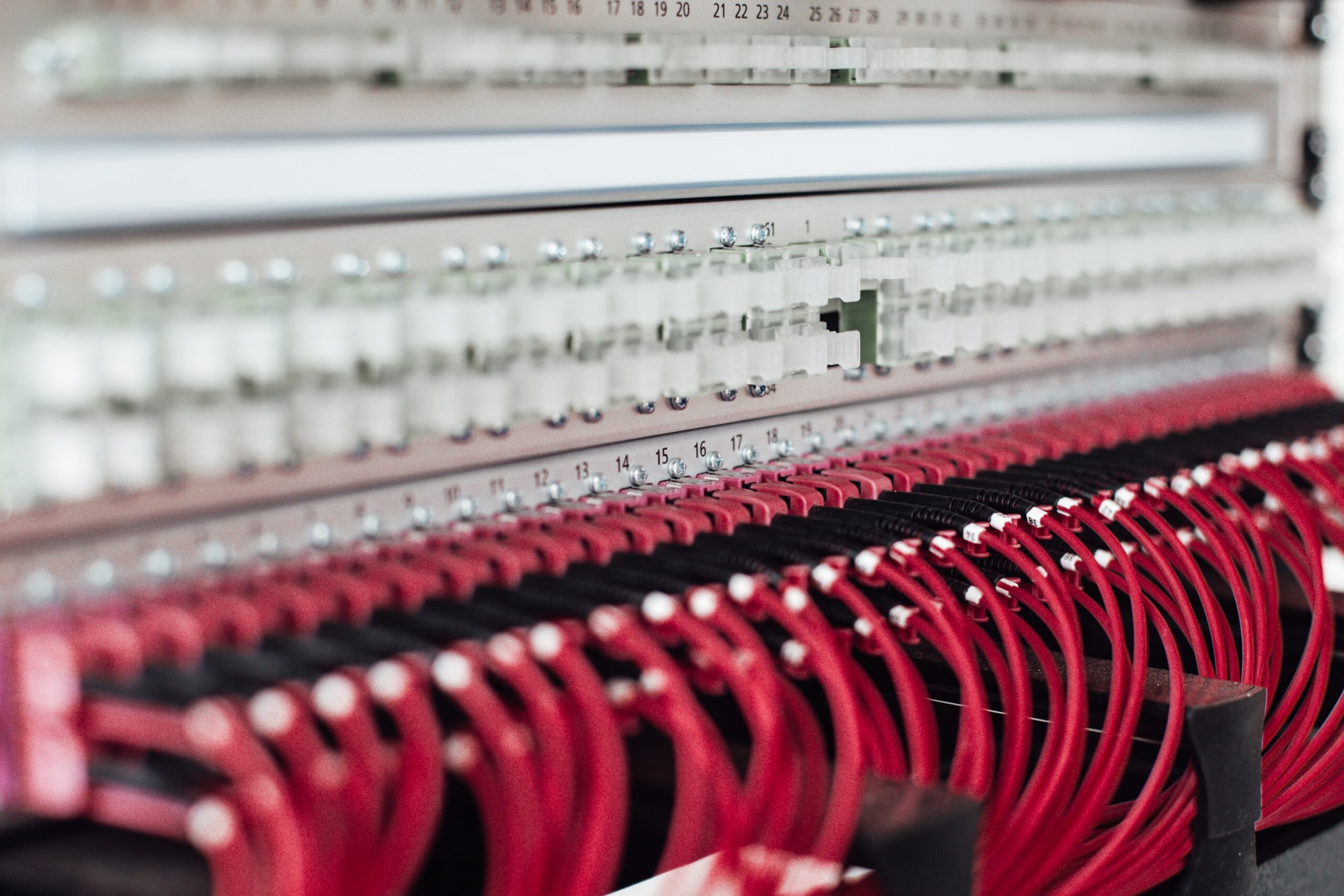Introduction
Are you experiencing slow download speeds and wondering if your Internet connection is to blame? Knowing your true Internet speed is crucial for troubleshooting issues and ensuring that your ISP is delivering the promised speeds. In this article, we will guide you through the process of measuring the upload and download speed of your Internet connection, as well as the speed between your computer and your router.
Step 1: Choose a Reliable Speed Test
Start by selecting a reliable speed test tool to accurately measure your Internet speed. There are several popular options available, such as Ookla’s Speedtest.net, Fast.com by Netflix, and Google’s Internet Speed Test. These tools provide accurate results and are widely trusted by users.
Step 2: Connect Your Computer to the Router
For accurate measurements, it’s important to connect your computer directly to the router using an Ethernet cable. This ensures that any potential interference from wireless signals is eliminated, providing a more accurate representation of your Internet speed.
Step 3: Close Unnecessary Applications and Background Processes
Prior to running the speed test, close any unnecessary applications and background processes that may consume bandwidth. This will help ensure that the test results reflect the true speed of your Internet connection without any interference.
Step 4: Run the Speed Test
Now it’s time to run the speed test. Visit the website of your chosen speed test tool and click on the “Go” or “Start” button to begin the test. The tool will measure both your upload and download speeds, as well as other relevant metrics such as ping or latency.
Step 5: Analyze the Results
Once the test is complete, you will be presented with the results. Pay attention to the download and upload speeds, as these are the most important indicators of your Internet connection’s performance. Compare the results with the speeds promised by your ISP to determine if you are getting the service you are paying for.
Step 6: Repeat the Test
For a more accurate assessment, it is recommended to repeat the speed test multiple times at different intervals throughout the day. Internet speeds can vary depending on the time of day and network congestion. By running the test several times, you can get a better overall picture of your Internet speed.
Step 7: Troubleshooting
If the speed test results are significantly lower than what your ISP has promised, there are a few troubleshooting steps you can take. First, try restarting your modem and router. This can often resolve temporary issues. If the problem persists, contact your ISP and provide them with the test results. They will be able to assist you further in diagnosing and resolving the issue.
Conclusion
Measuring your Internet speed is essential for troubleshooting slow connections and ensuring that your ISP is delivering the speeds they promised. By following the steps outlined in this article, you can accurately measure your upload and download speeds, as well as diagnose any potential issues with your Internet connection. Remember to repeat the test periodically to monitor any changes in your Internet speed. With this knowledge in hand, you can take the necessary steps to optimize your Internet experience.


